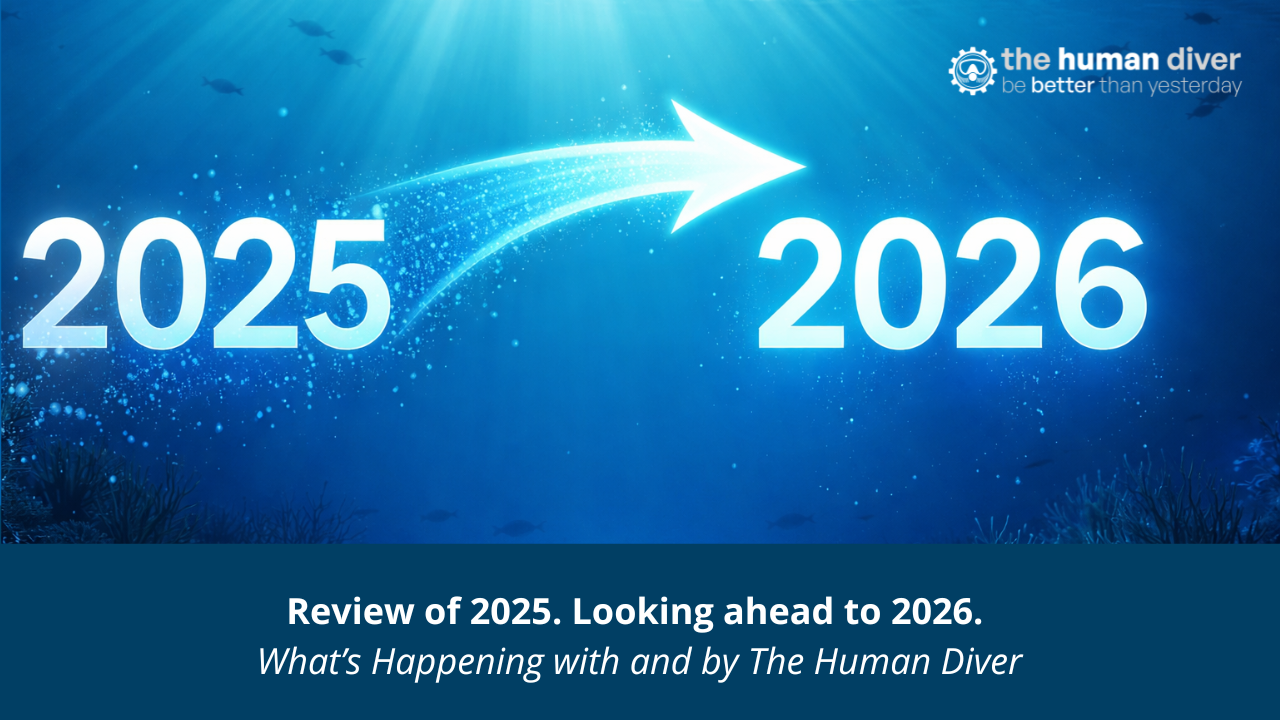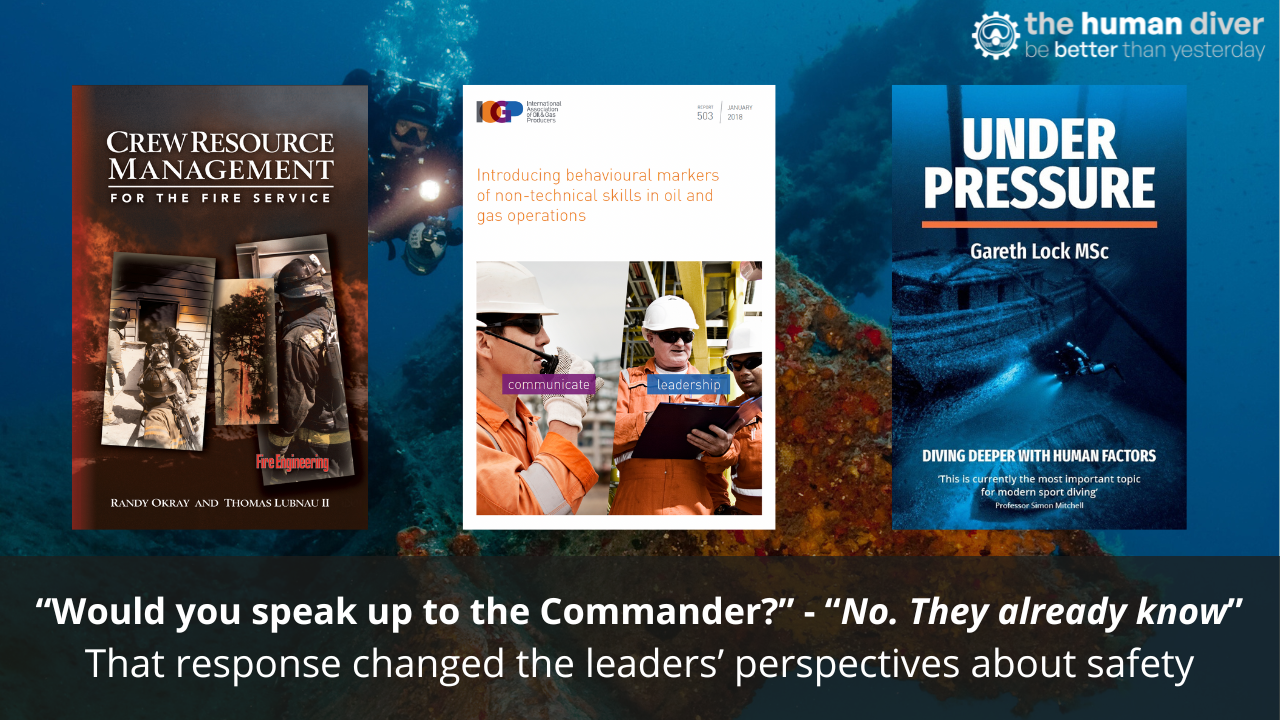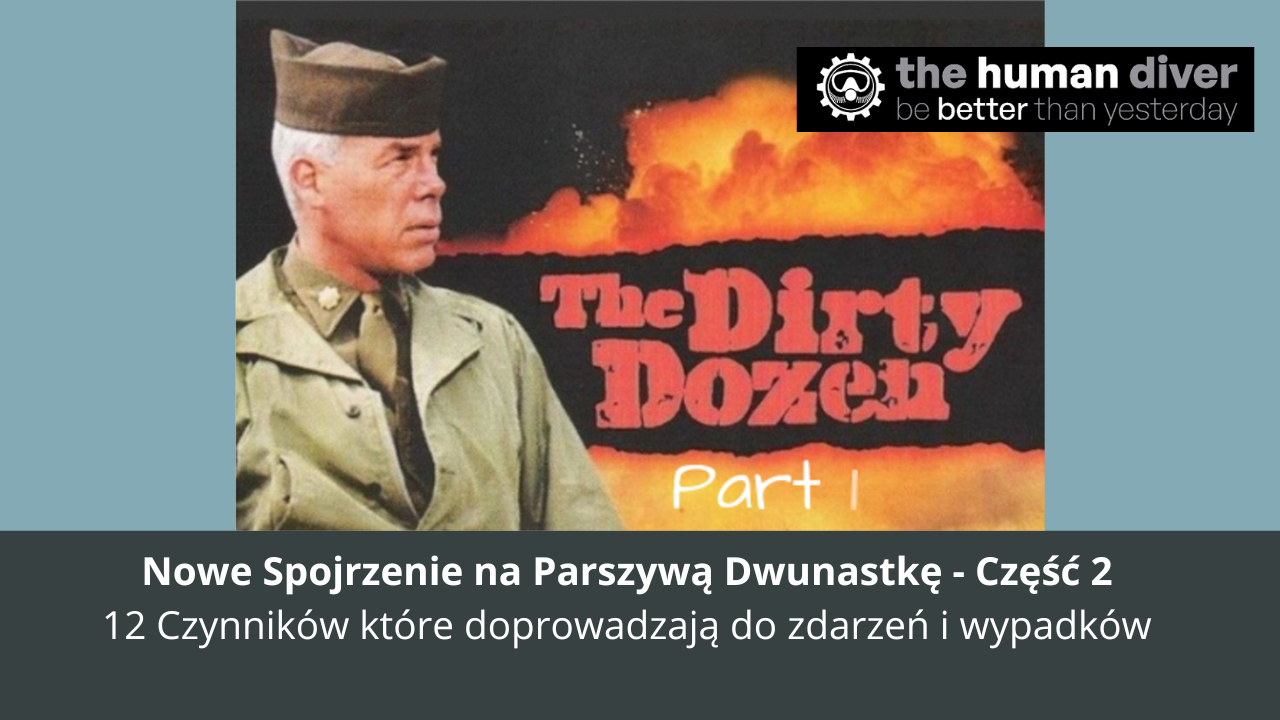
Navigating the Authority Gradient #2
Sep 13, 2023Last week I wrote about how to navigate the authority gradient and build psychological safety in a team. This week I’d like to approach it from the perspective of the student or team mate.
As a member of a team it is often the case that you have less power than the leader. This can make it difficult to speak up when you see something going wrong or if you want to challenge an idea or process especially if there is a high authority gradient and isn’t a culture of psychological safety. One way we can deal with this is by using graded assertiveness communication.

This model was initially designed for the operating theatre. There, it used to be the case that the surgeon was king and shouldn’t be questioned by anyone lower than them. There was a fairly strict hierarchy and a steep authority gradient that matched it. Nurses had a fairly limited role, despite the fact that it was easily possible to have a nurse with as much time in the operating room as the surgeon. The nurses were also in a position to see more of what was going on than the people in dedicated jobs, such as the surgeon or the anaesthetist. There were many times when the nurses saw a situation developing but were unable to say anything or question the people involved because of the authority gradient. When human factors (or crew resource management) was introduced to the medical field as a way of reducing fatalities, the communication in the operating theatre was one of the key areas that was addressed.
There are a few common models but one that works well for divers is the PACE model. PACE stands for Probe, Alert, Challenge, Emergency and refers to the language you use to gently escalate an issue.
P.A.C.E.
Probe- This is to gain the attention of the leader or the person above you on the authority gradient. It’s where we use hints to hopefully prompt them that something isn’t right.
Alert- This is where we express discomfort with the situation. We’re using slightly more direct language to let the problem be known.
Challenge- Now we’re telling them what the problem is. We use direct language to state it, we’re no longer just questioning the leader.
Emergency- The final step in this model is when we verbally stop someone from doing what is wrong.

Here’s an example of its use between a Divemaster and an Instructor, as they’re preparing a dive with a student.
DM: “Did you know that this diver has a buoyancy issue?” (Probe)
The DM is suggesting there is a problem, They aren’t specifically stating what it is, rather just dropping an idea into the instructors head. A good instructor should be questioning why this student has this problem.
DM: “I think they might be overweighted. Lets just do a check dive.” (Alert)
Now they’ve stated exactly what they believe the problem to be, along with a solution.
DM: “It is against our risk assessment to start the dive without doing a weight check. You should not continue.” (Challenge)
This is the direct challenge. They’re backing up what they’re saying by referring to procedures to strengthen their argument.
DM: “You will not continue with this. I am contacting the dive centre manager immediately.” (Emergency)
The final stage, they are taking control and escalating the matter.

At each stage the person who is confronting the other needs to consider if the response is appropriate or not. As soon as they receive a suitable reply, they can stop the escalation.
This model will not work for everyone. Sadly in diving we frequently see people who’s ego and need to be right overrules everything else. As this is mostly an amateur activity we do not have the same degree of professional standards in place as they do in the field of medicine. For others it may be just embarrassment that’s stopping them. I recently had an exchange with an instructor who hadn’t been teaching or even diving for the previous five years. He was diving with his newly qualified girlfriend and when I saw them in the water it was clear that she was struggling with her buoyancy because she hadn’t managed to dump enough gas from her wing. I used the above model to suggest this but after only two questions he was getting very angry and stating that he knew what he was doing and I was insulting him. As it wasn’t a safety issue and I could see he was taking it personally it made sense to back off and get someone else to raise the issue. In his case it turned out it was embarrassment at missing something so obvious to an experienced instructor.
Another way that can help with someone like this is to ask them to explain it to you, so that you can learn. Quite often when they start explaining they will realise that there is a problem and correct it themselves.

There can also be cultural biases that prevent communication from happening and these are perhaps the most difficult to get past. Prior to the 1990’s Korean Air had one of the worst safety records in the world. They had a large number of fatal accidents and realised something had to change. When it was investigated, it was discovered that part of the reason for the accidents was down to communication within the cockpit. Captains, much like the surgeons above, could not be challenged. Korea has a very hierarchical culture and language, and this showed throughout the airline. With first officers expected to use more deferential language towards captains, it made it difficult for the first officer to challenge the captain. It took an outsider to come in and change things before the company managed to overhaul its safety record. The first thing that was changed? They switched the language to English. No more formal/deferential forms of address made it easier to break from normal Korean culture.
As a colleague of mine said this week (here), we can’t give a quick and easy way to prevent this (issues caused by lack of psychological safety and a high authority gradient). We can only be aware of it and try to use the tools we have in order to deal with it. The best thing we can do when we find ourselves in a leadership role is to try our best to reduce the authority gradient, and if we’re in a followership role to use tools like PACE to speak up. However, both are far easier said than done. If you have any further thoughts on how this can be achieved I'd love to hear them, please come and join the discussion in the Facebook group.

Jenny is a full-time technical diving instructor and safety diver. Prior to diving, she worked in outdoor education for 10 years teaching rock climbing, white water kayaking and canoeing, sailing, skiing, caving and cycling, among other sports. Her interest in team development started with outdoor education, using it as a tool to help people learn more about communication, planning and teamwork.
Since 2009 she has lived in Dahab, Egypt teaching SCUBA diving. She is now a technical instructor trainer for TDI, advanced trimix instructor, advanced mixed gas CCR diver and helitrox CCR instructor.
Jenny has supported a number of deep dives as part of H2O divers dive team and works as a safety diver in the media industry.
If you'd like to deepen your diving experience, consider taking the online introduction course which will change your attitude towards diving because safety is your perception, visit the website.
Want to learn more about this article or have questions? Contact us.










